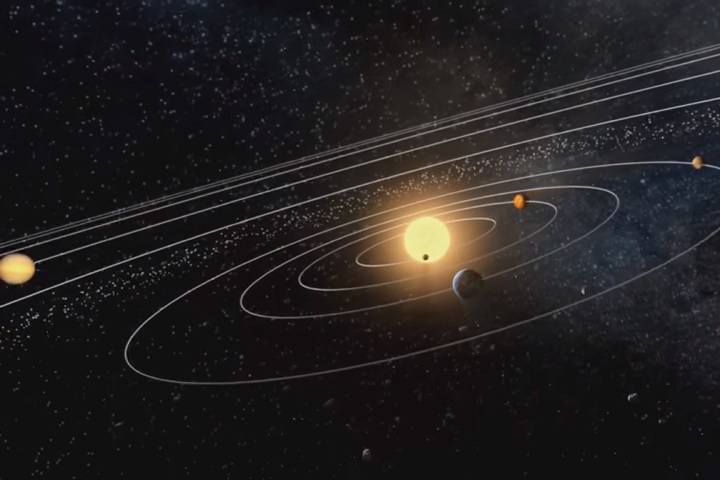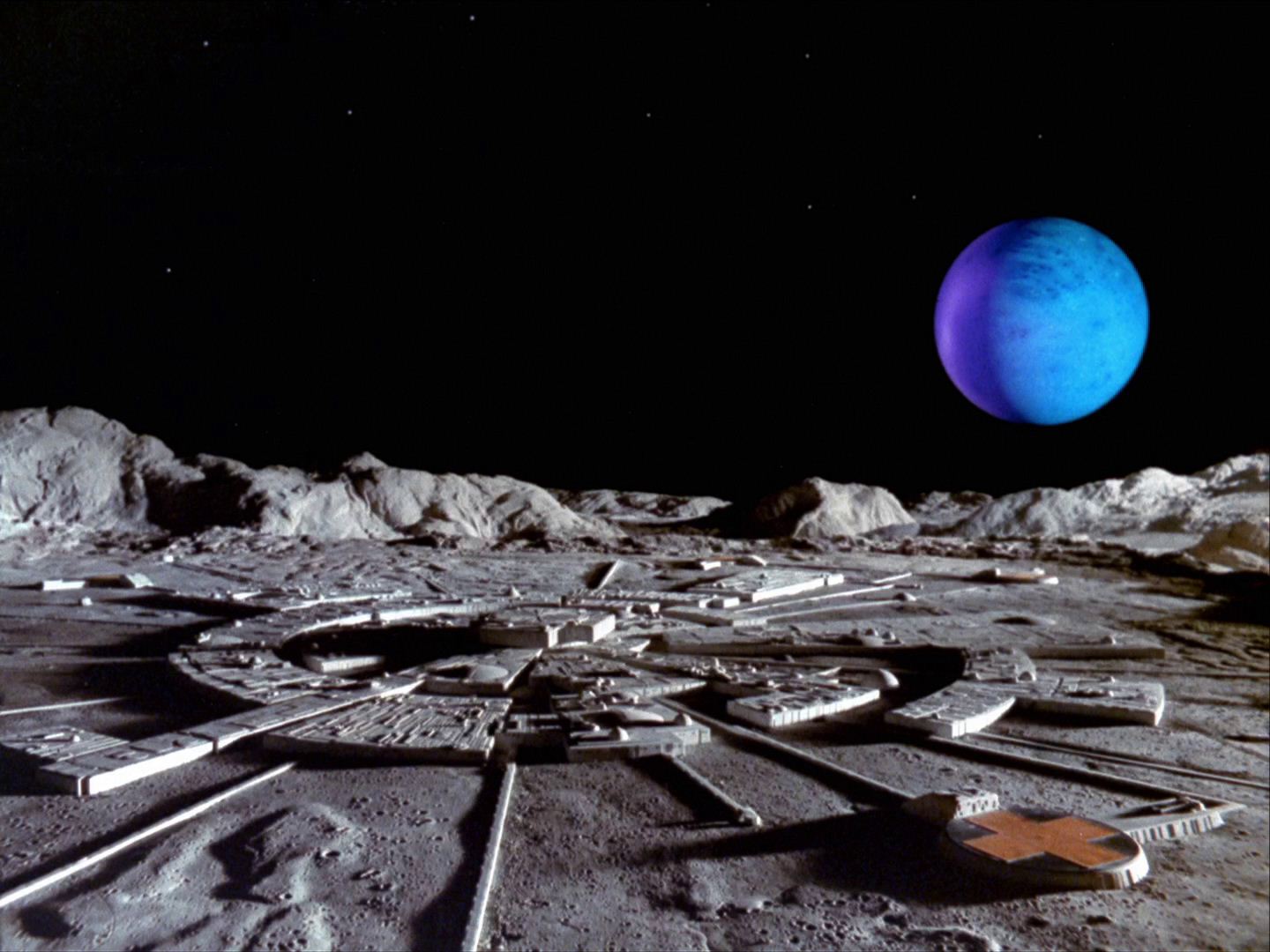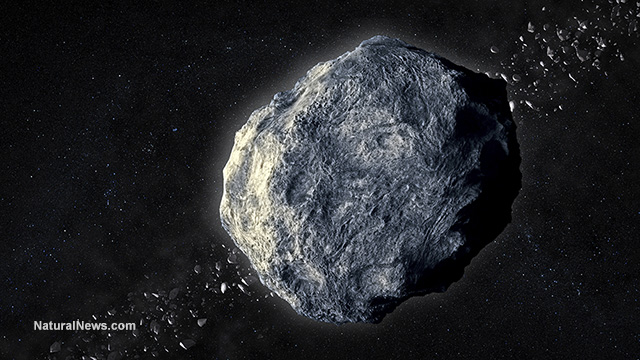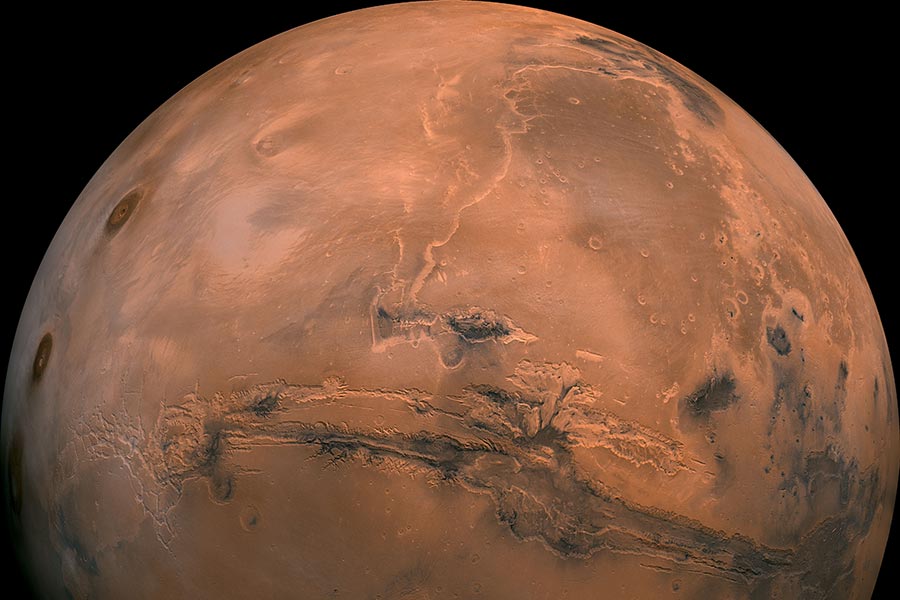Astronomers discover Earth-sized exoplanet that may hold WATER
01/24/2023 / By Kevin Hughes

The main planet-hunting spacecraft of the National Aeronautics and Space Administration (NASA) has discovered an exoplanet that equals Earth’s size and may hold water. Exoplanets are planets that orbit around a star.
Since its launch in April 2018, NASA’s Transiting Exoplanet Survey Satellite (TESS) has found 285 confirmed exoplanets and more than 6,000 potential candidates. Among TESS’ discoveries is an exoplanet called TOI-700 d, which is about the size of planet Earth. Astronomers were alerted of the existence of this potential new home for humanity in October 2021.
“This is one of only a few systems with multiple, small, habitable-zone planets that we know of. That makes the TOI-700 system an exciting prospect for additional follow-up,” said research lead Emily Gilbert, a postdoctoral fellow at NASA’s Jet Propulsion Laboratory in southern California.
She added that the exoplanet TOI-700 e is about 10 percent smaller than the Earth-sized TOI-700 d. Gilbert continued: “The system also shows how additional TESS observations help us find smaller and smaller worlds.” (Related: NASA’s exoplanet hunter has discovered an Earth-sized alien world.)
Prior to this, Gilbert and her colleagues reported the discovery of three exoplanets around a small star called TOI-700. The red dwarf star is located about 100 light-years away from Earth. However, TOI-700 lacks the sudden pulses of activity that several of its siblings are known for.
The researchers utilized TESS, which discovers planets by staring at stars for a month at a time. It then searches for small “dips” in brightness that can suggest a planet passing between the star and the telescope. These dips help astronomers estimate the size of the planet and measure its orbit.
TESS spots three planets in the TOI-700 system
Two of the three planets that TESS originally discovered in the TOI-700 system orbit are too close to the star to look similar to Earth, but the third world, called TOI-700 d, is particularly enticing.
The scientists discovered that the planet is about 20 percent larger than Earth and orbits the star every 37 Earth days, placing it in what scientists call the habitable zone, where temperatures should permit liquid water to exist on the surface.
With the three planets, scientists were already comparing the system to TRAPPIST-1, a system that is 39.5 light-years away from Earth and known for its seven Earth-sized planets.
However, the TOI-700 system will be easier to continue studying, Gilbert stated, considering that TRAPPIST-1 is a more active and dimmer star.
“It’s definitely a really interesting comparison. The TRAPPIST system is super, super compact; all those planets are crammed in really tightly,” Gilbert said.
Gilbert and her colleagues also noted that TOI-700 d has a third and intriguing sibling called TOI-700 e, which is not in the area astronomers have usually called the habitable zone.
Since astronomers have understood that Venus and Mars possibly both once held water on their surfaces, some have suggested an “optimistic” habitable zone, where TOI 700 e is located.
Gilbert and her colleagues believe that TOI-700 e is about 95 percent the size of Earth and orbits about once every 28 Earth days placing it in between TOI-700 c and d.
The recently discovered planet is also possibly tidally locked which means it is always showing the same side as its star.
“That’s most of what we know at this time from TESS data alone, but we do have some other campaigns currently underway to characterize this more. No results yet, but exciting things are coming,” Gilbert said.
Gilbert mentioned that TESS will focus on TOI-700 in just over a week, with another nine months or so of data expected within the coming year.
Find more stories like this at Space.news.
Watch this video that expounds on an exoplanet discovered while still in the process of creation.
This video is from The Clampdown Report channel on Brighteon.com.
More related stories:
It took 10 years to prove: First exoplanet finally confirmed.
Astronomers unveil first direct image of young exoplanet just 63 light-years away.
Scientists discover 15 new planets, including one “super-Earth” that could harbor liquid water.
Scientists make stunning discovery that reveals Mars can support life.
Sources include:
Submit a correction >>
Tagged Under:
breakthrough, cosmic, discoveries, exoplanet, habitable planet, NASA, research, Space, space exploration, star system, TOI-700, TOI-700 c, TOI-700 d, TOI-700 e, Transiting Exoplanet Survey Satellite, Trappist-1
This article may contain statements that reflect the opinion of the author
RECENT NEWS & ARTICLES
COPYRIGHT © 2017 SPACE.COM
All content posted on this site is protected under Free Speech. Space.com is not responsible for content written by contributing authors. The information on this site is provided for educational and entertainment purposes only. It is not intended as a substitute for professional advice of any kind. Space.com assumes no responsibility for the use or misuse of this material. All trademarks, registered trademarks and service marks mentioned on this site are the property of their respective owners.



















